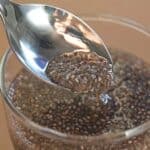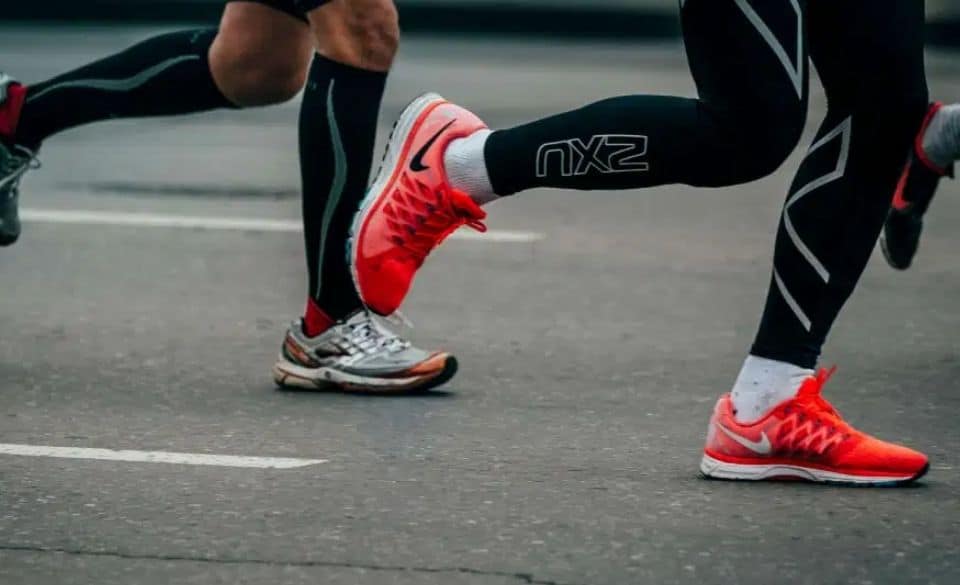
Running Without Insoles – What Should You Know? UPDATED
Page Contents
Insoles are either loved or hated by runners, physiotherapists, and podiatrists. Whether they come with shoes or designed around your foot mechanics, innersoles are an essential part of keeping the runner injury-free. Not only do they cushion your feet when landing, but they also help to correct any misalignments in your gait.
However, some runners wonder whether using innersoles while running is beneficial, and others question if they even have any effect on the runner’s gait.
Continue reading to find out whether running without insoles is a good idea or if you should book an appointment to see a podiatrist.
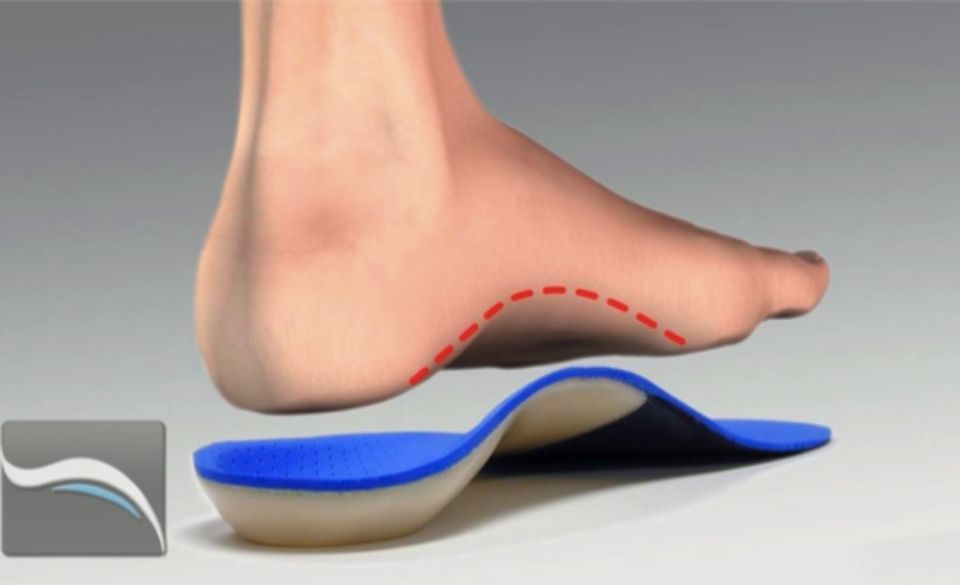
What Are Insoles?
Insoles are soft and designed to support the foot when running. These can often be removed and replaced based on the runner’s gait and foot type. However, many podiatrists and physiotherapists often recommend replacing these with custom-made insoles for the runners that experience constant injuries or aches and pains.
When insoles are designed based on the runner’s foot mechanics and fitted correctly, they help support the feet and align the knees when running. Because of this, many podiatrists claim that replacing your normal innersoles with custom-made ones can help reduce injuries and relieve the pressure exerted on your feet.
However, there is a misconception when it comes to innersoles. Many runners believe that they should only use innersoles when suffering from injuries or chronic foot pain. But in reality, custom innersoles are for anyone that needs to correct their running gait or treat and prevent foot problems.
Unfortunately, many chiropractic physicians believe it only masks the problem and doesn’t actually address the issue. However, if you are constantly suffering from pain while running, custom innersoles may be your only choice.
Knowing this, continue reading to find out the disadvantages and benefits of running with insoles.
Benefits of Running Without Insoles
While many podiatrists push for the use of innersoles, there are actually some benefits to running without insoles. This doesn’t mean removing the innersole altogether. Rather leaving the factory insole in the shoe and not replacing it with a custom model.
Running without insoles gives the chance for the feet to work harder and develop strength and support for the rest of the lower body.
If the runner follows the correct training plan, the feet and ankles will become more resilient to the stress placed on them. This is something that custom soles lack, while they do support the foot and guide the gait, they don’t allow the runner to build up strength in the foot area.
As you run more and more without insoles the balls of the feet, arches, and heels become more stable under load, thus allowing the runner to increase mileage without the threat of injuries occurring.
However, while this may work for most runners, some runner’s technique and foot strike will need to be controlled until they build up enough strength and correct their running style before going back to standard insoles.
Another benefit of running without insoles is the money saved. Custom insoles are usually expensive and often take multiple trips to the podiatrist to adjust.
Although they last for a few years, custom soles can often lose shape quickly. This means that they will need to be adjusted each time you purchase a new pair of shoes. Since factory soles are softer, they tend to hold shape for a longer time as there are no supported areas that can be broken down from the body weight while running.
Last but not least is the feeling. Running without insoles gives the runner a better understanding of what the foot is doing during the landing phase. This can potentially help the runner to understand any imbalances they need to work on.
Disadvantages of Running Without Insoles
Even though there are many benefits to running without insoles, there are actually some disadvantages too. But understanding both can give you a better insight into whether custom insoles are the way to go.
Since your body absorbs up to 8 times your weight when landing, running without insoles means if the foot is not supported you aren’t receiving adequate cushioning.
Even though running shoes are designed around EVA, gel, and even carbon fiber, a lot of the cushioning comes from the position your foot lands in. This means by customizing the innersole to align the foot in the correct position can help to increase cushioning on the feet while running. Something a standard innersole can’t provide.
Many runners also experience constant injuries around their foot strike, this can include knee injuries, Achilles problems, and shin splints.
By moving to custom insoles you are able to reduce the stress placed on joints, tendons, and muscles by distributing the load correctly. This means custom innersoles can play a pivotal role in pronation and other foot movements while running. Limiting over-pronation, supination, and reducing heel strike, which can all cause injuries to the runner. Because basic innersoles offer no support other than cushioning. Moving to an orthotic can dramatically help correct any alignment issues you may have. They can be adjusted fairly easy too, offering a way for the runner to adjust any fitting issues they may have with their shoes.
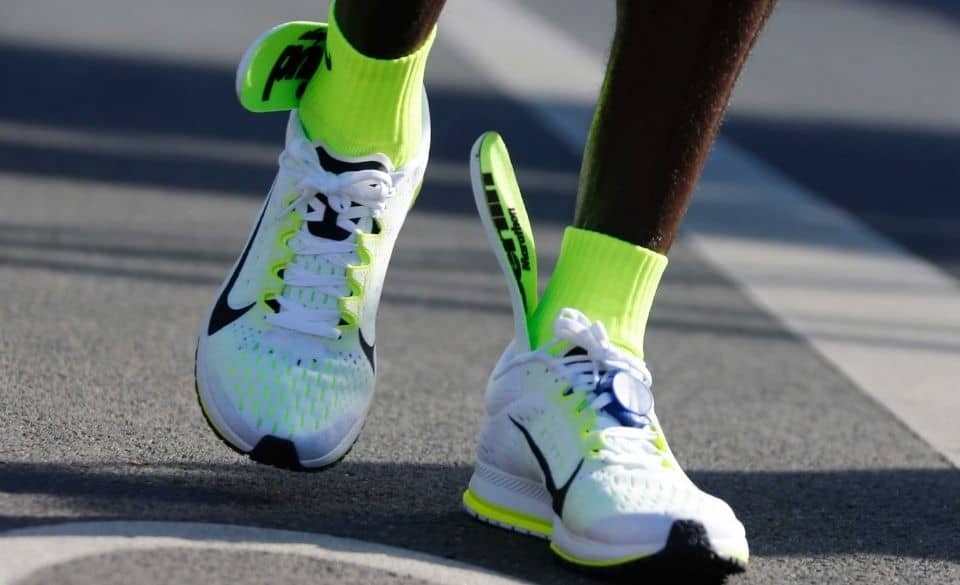
What Insoles Should You Use for Running?
This depends a lot on your foot type and running technique. The most common foot type that needs custom innersoles is either the flat-footed or high arched runner. Often these types of runners can’t get enough support to prevent overpronation or supination. So using a custom innersole can help address this issue.
The person who is most likely to benefit from running without insoles is the neutral runner. This type of runner typically has a mid-foot running position and shows minimal signs of overpronation. So they don’t typically need excess support or cushioning, as the running shoe provides enough.
However, there are runners that fit outside these categories. Usually, these are runners are constantly injured around the knee which is related to technique rather than foot type. This means that by using custom soles they are able to reduce the stress on these areas.
Before running without insoles it is wise to get your feet and running technique looked at. This will help you understand any gait issues or imbalances you may have. Ultimately this will decide whether using custom insoles is the right choice for you.
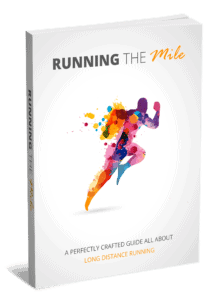

Download Running the Mile for only 8usd
“A Know-all Short Report All About Long Distance Running”


